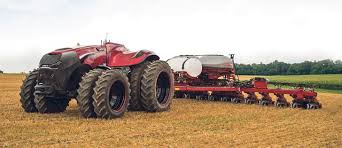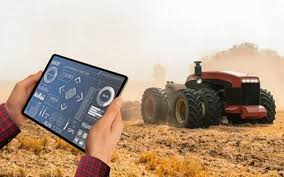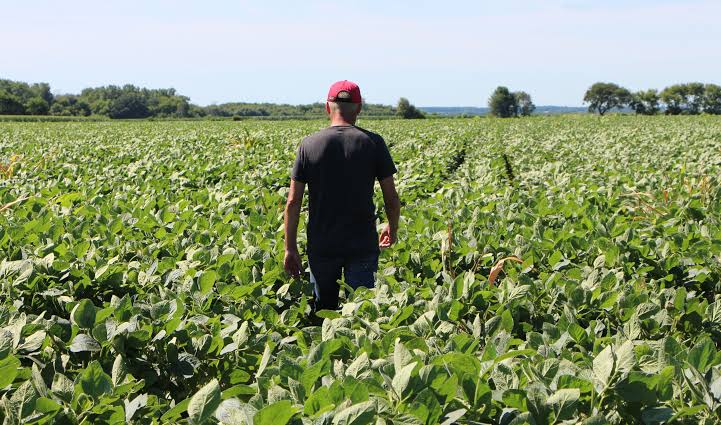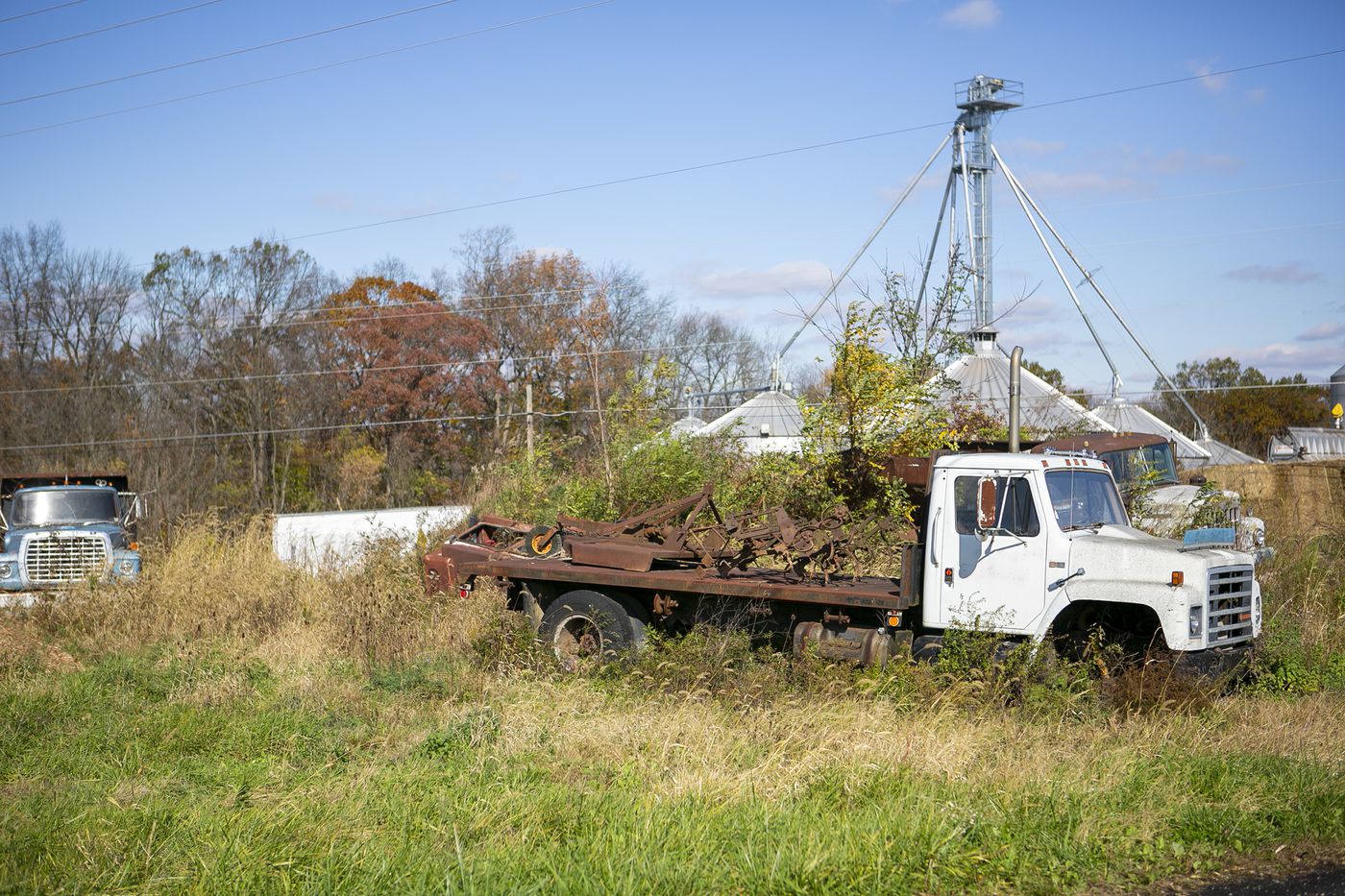Disclaimer: The views, suggestions, and opinions expressed here are the sole responsibility of the experts. No Scoop Today USA journalist was involved in the writing and production of this article.
Driverless Tractors Being come? , Are glebe robots

Robots are planting crops, weeding fields and draining bovines on a couple of Skagit Valley ranches, and numerous ranchers use semi-self-sufficient tractors that can direct themselves.
Skagit Valley Farm has utilized a mechanical weeder and grower for around five years, and the ranch has plans to overhaul the two robots, said author and CEO Tony Wisdom.
As vision innovation improves, new robots will be better ready to recognize a plant from a weed, they said.
What’s more, more innovation is coming.
Intelligence said he hopes to see completely independent — or driverless — tractors accessible to ranchers in the following 10 years.
“If I’m looking in my crystal ball, that’s something I see,” they said.
Driverless tractors
Tom Shields, Burlington area supervisor for Farmers Equipment Company, said while the present tractors still require a human administrator, many drive, steer and turn themselves with the assistance of GPS satellites.
They said the innovation has improved exactness in cultivating and had decreased specialist exhaustion.
A few organizations are creating driverless tractors. Shrewdness said later on one rancher could work an armada of independent tractors from a station, rather than requiring a laborer on each bit of gear.
He said innovation, for example, driverless tractors is engaging as work expenses go up and work is more diligently to discover.
In any case, there are lawful obstacles and security worries that keep ranchers from utilizing driverless tractors.
“I think legislation is not keeping up with advancement of technology,” Wisdom said. “Farmers are at a disadvantage because right now we can’t use autonomous tractors.”
They said they accepts as sensor innovation improves, so will security. Tractors will have the option to address themselves with the assistance of man-made consciousness sensors joined to the tractor.
“It will be a very complex algorithm that will involve deep learning and machine learning — if this, then that,” they said.
John Youngquist, a sales rep for Farmers Equipment Co. in Burlington, said one of the primary worries with driverless tractors is moving them down a street.
“Traffic is probably the worst thing to get involved with,” they said. “We have big equipment going down the road and it’s dangerous.”
They said they envisions that if self-sufficient tractors are utilized in Skagit County, the gear would even now have a taxi to enable a laborer to drive it securely down a street.

Robots
Propelled Farm Technologies, a startup situated in Davis, California, has built up a computerized strawberry picker, said fellow benefactor and CFO Kyle Cobb.
Cobb said a tractor rolls over different beds of berries as automated arms tenderly pick organic product. A dream framework decides whether the natural product is ready.
The organization is working with enormous California cultivators to test the innovation, they said.
“Our equipment can operate day and night, and offers flexibility with harvest schedule,” they said. “Every grower is feeling cost pressure (with labor). We’re making the work much easier for the workers involved.”
They said laborers are as yet expected to pack organic product in holders, and work and fix the robots.
Propelled Farm Technologies’ robot isn’t available to be purchased at this point, yet is rather offered as a support of ranchers, Cobb said. While the organization is presently only centered around strawberries, it would like to grow to different harvests, for example, blueberries and raspberries, they said.
The blueberry crop in Skagit County in 2018 merited an expected $21 million, as indicated by Washington State University Skagit County Extension horticulture measurements.
Sakuma Bros. President Danny Weeden said the organization depends close by gather for its strawberry and blackberry yields, and just uses machines to collect blueberries for the handled market. Machines aren’t accessible yet to reap blueberries for the new market.
“There are companies working on mechanical harvesters for strawberries, but nothing that has a practical (return on investment) for our farm at this point,” Weeden said in an email. “Nonetheless, like all farms in the U.S., we are faced with less and less labor for hand-harvesting crops, and growing and harvesting costs continue to increase exponentially each year. The practical reality is we will need viable technological solutions to help address these challenges.”
Alan Mesman, a natural dairy rancher in Mount Vernon, said the automated draining gear he purchased six years prior has helped fix the expense of draining cows, even as wages keep on rising.
Cows are drained on a dependable timetable and a similar way each time, they said. The mechanical draining machine has helped the ranch produce 11% more milk.
They said other Skagit County dairies were intending to purchase automated draining machines, however rejected plans after milk costs went down.
WSU Skagit County Extension Director Don McMoran said Skagit County ranchers who sell their items on a worldwide market should focus on new and developing innovation.
Huge ranches ought to have the option to take on putting resources into innovation, and littler makers may fall behind, they said.
“Our farmers here are going to need to make sure they are following those trends, otherwise they will be left in the dust,” they said. “Markets are highly competitive, and a good deal of food here is distributed over the world. We need to make sure we are competitive in that marketplace.”






